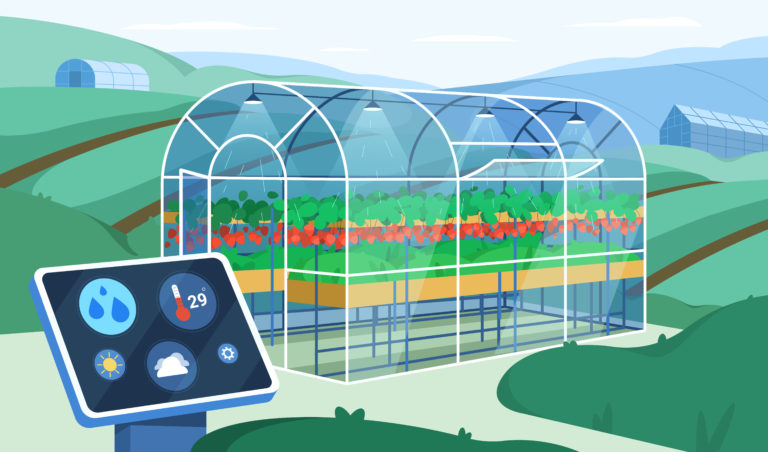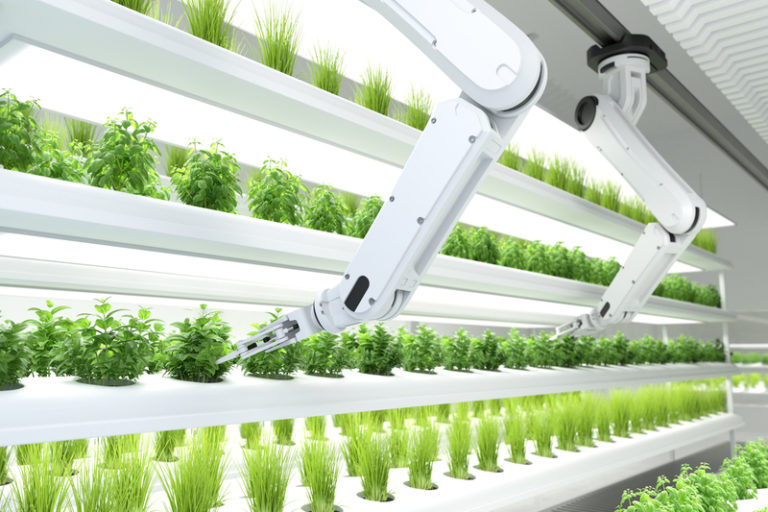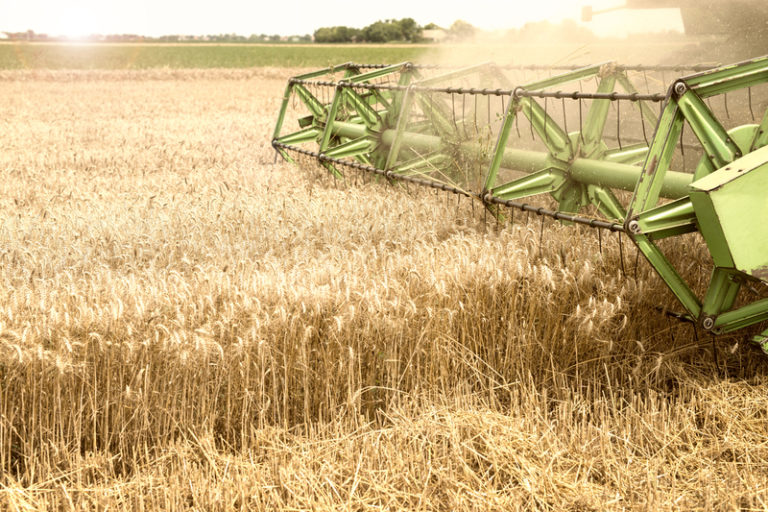Subsistence Farming: A Way of Life for Rural Communities
Subsistence farming refers to a type of small-scale agriculture where farmers grow enough food to feed themselves and their families, with little surplus for sale or trade. Even though subsistence farming is simple, it is a very important way to feed people in rural areas and keep local economies going.
Definition of Subsistence Farming
Subsistence farming is characterized by small plots of land, the limited use of commercial fertilizers and pesticides, and a reliance on manual labor and traditional farming techniques.
The main goal of subsistence farming is to make enough food for the farmer and their family to meet their basic needs, not to make as much money as possible.
Subsistence farming is found throughout the world, but is particularly prevalent in developing countries where poverty and food insecurity are widespread. It is often seen as a way for rural families who don’t have many other ways to make money or get food to stay alive.
Importance of Subsistence Farming
The importance of subsistence farming lies in its role as a livelihood and food source for millions of people, especially in rural and developing areas. Subsistence farming gives families food security and a way to make money. This helps to reduce poverty and make sure that people have enough food to eat.
Furthermore, subsistence farming plays a crucial role in preserving cultural and traditional knowledge, preserving biodiversity, and conserving natural resources. Subsistence farmers use traditional methods and local resources to make sure their farming is sustainable and low in carbon.
Overall, subsistence farming is a key part of global food systems and sustainable agriculture because it provides a safety net for communities and helps local economies.

Challenges Facing Subsistence Farmers
Despite its importance, subsistence farming is often faced with numerous challenges that can limit its potential for growth and sustainability. Some of the key challenges facing subsistence farmers include:
- Access to resources: Subsistence farmers often don’t have access to resources like credit, land, and modern farming technologies that would help them increase their yields and improve their lives.
- Climate change: Climate change, including increasingly erratic weather patterns and declining rainfall, poses a significant threat to subsistence farming. Many farmers who only make enough to get by don’t have the money or knowledge to change with the weather.
- Pests and diseases: Pests and diseases can ruin subsistence farming, especially when farmers don’t have access to good ways to get rid of pests.
- Access to markets: Subsistence farmers often have trouble getting to markets and selling their extra crops, which limits their ability to make money and help the economy grow.
- Lack of support: Subsistence farmers often lack the support they need to address these challenges and improve their livelihoods. This includes access to extension services, training, and information on best practices.
Supporting Subsistence Farming
To support subsistence farming and help it reach its full potential, a number of actions can be taken, including:
- Getting access to resources: Governments and development groups can help subsistence farmers get access to resources like credit, land, and modern farming tools to help them increase their yields and make a better living.
- Taking care of climate change: Policies and programs that help subsistence farmers adapt to the effects of climate change, such as drought-resistant crops and ways to manage water, can help make sure that subsistence farming can continue.
- Pest and disease control: Giving subsistence farmers access to effective pest control methods, such as integrated pest management, can help reduce crop losses and increase crop yields.
- Improving market access: Governments and development organizations can work to improve market access for subsistence farmers, by building infrastructure and promoting trade, to help subsistence farmers sell their surplus and generate income.
- Helping: Subsistence farmers need access to extension services, training, and information about the best ways to do things to help them deal with the problems they face and improve their way of life.
The Future of Subsistence Farming
The future of subsistence farming is closely tied to the future of agriculture and food systems. Subsistence farmers have to deal with a lot of problems, like the weather changing, not having access to markets and resources, and economic pressures.
However, there are also opportunities to support and enhance the role of subsistence farming in sustainable agriculture. This includes making it easier to get to resources and markets, promoting agroforestry and other sustainable farming methods, and investing in education and training programs to help the next generation of subsistence farmers.
Another important factor is the recognition and support of the contributions of subsistence farmers to food security and sustainable agriculture. This includes giving them a fair share of resources and opportunities and making sure their rights and way of life are safe.
With the right support and investment, subsistence farming can play a crucial role in building a sustainable, equitable, and food secure future. By valuing and supporting subsistence farming, we can ensure that the traditions, knowledge, and practices of these farmers continue to contribute to the global food system for generations to come.
The Future of Subsistence Farming Despite its challenges, subsistence farming is likely to continue to play a crucial role in meeting the food needs of rural communities. To ensure its long-term viability, it is essential to support subsistence farmers and to invest in initiatives that promote sustainable agriculture practices. This may include providing education and training programs, as well as access to modern technologies and tools.
Advantages of Subsistence Farming
Subsistence farming provides numerous benefits, including food security, self-sufficiency, and the preservation of traditional cultures and lifestyles.
It allows communities to produce their own food, which is essential in areas where access to grocery stores and supermarkets is limited. Subsistence farming also helps keep the variety of plants and animals alive and gives families a way to make money.
Disadvantages of Subsistence Farming
However, subsistence farming also has its drawbacks. It can be labor-intensive and time-consuming, and it is often associated with low crop yields and limited access to modern agricultural technologies. Subsistence farming can also lead to soil degradation and the depletion of natural resources.
Conclusion
Subsistence farming provides food and income for millions of small-scale farmers worldwide, but faces challenges such as limited resources and access to markets. Support through government policies, financial services, and investment in research and development can help improve livelihoods and increase sustainability.
By working together to support subsistence farmers, we can secure their futures and contribute to community growth.
Also Read







